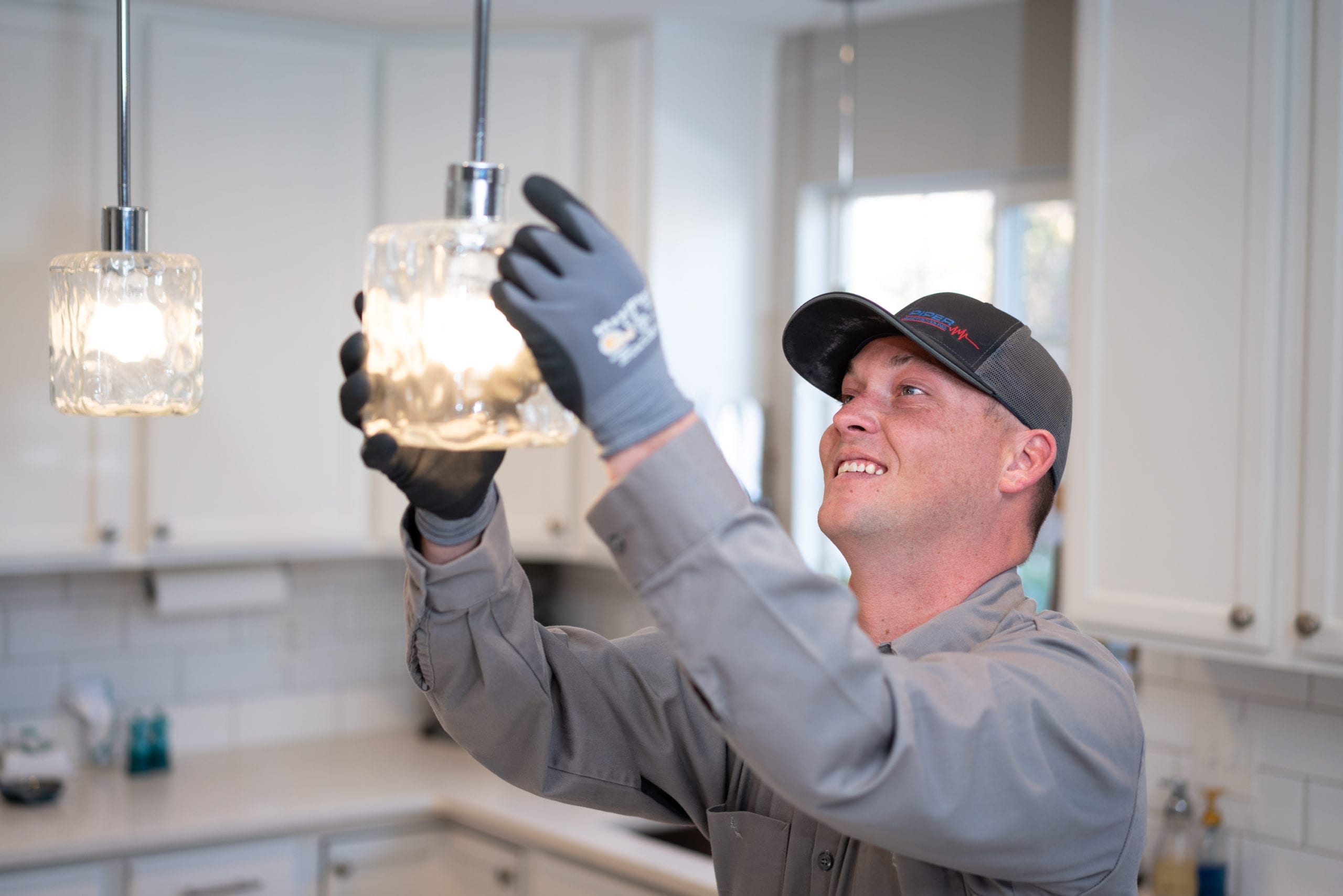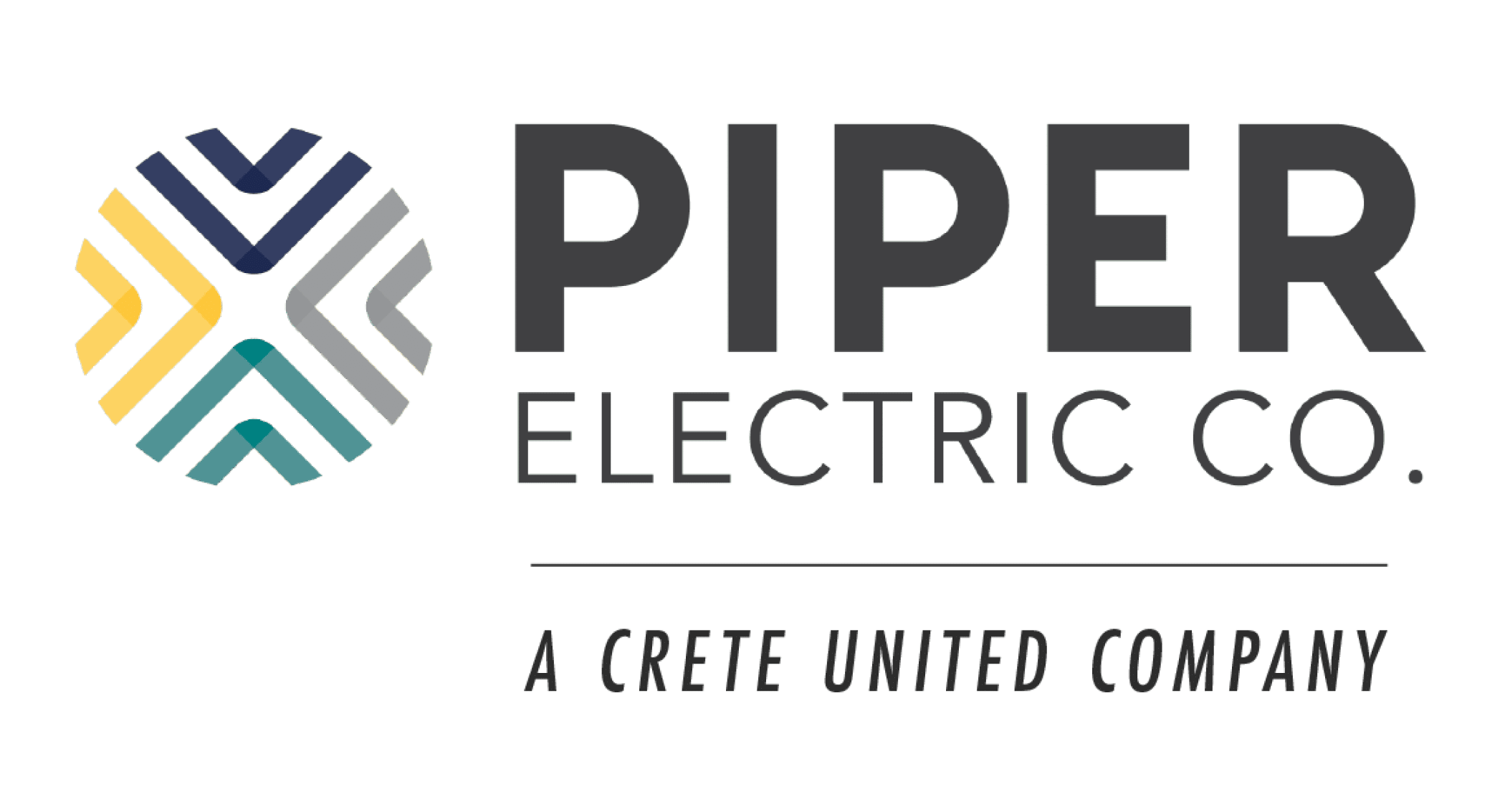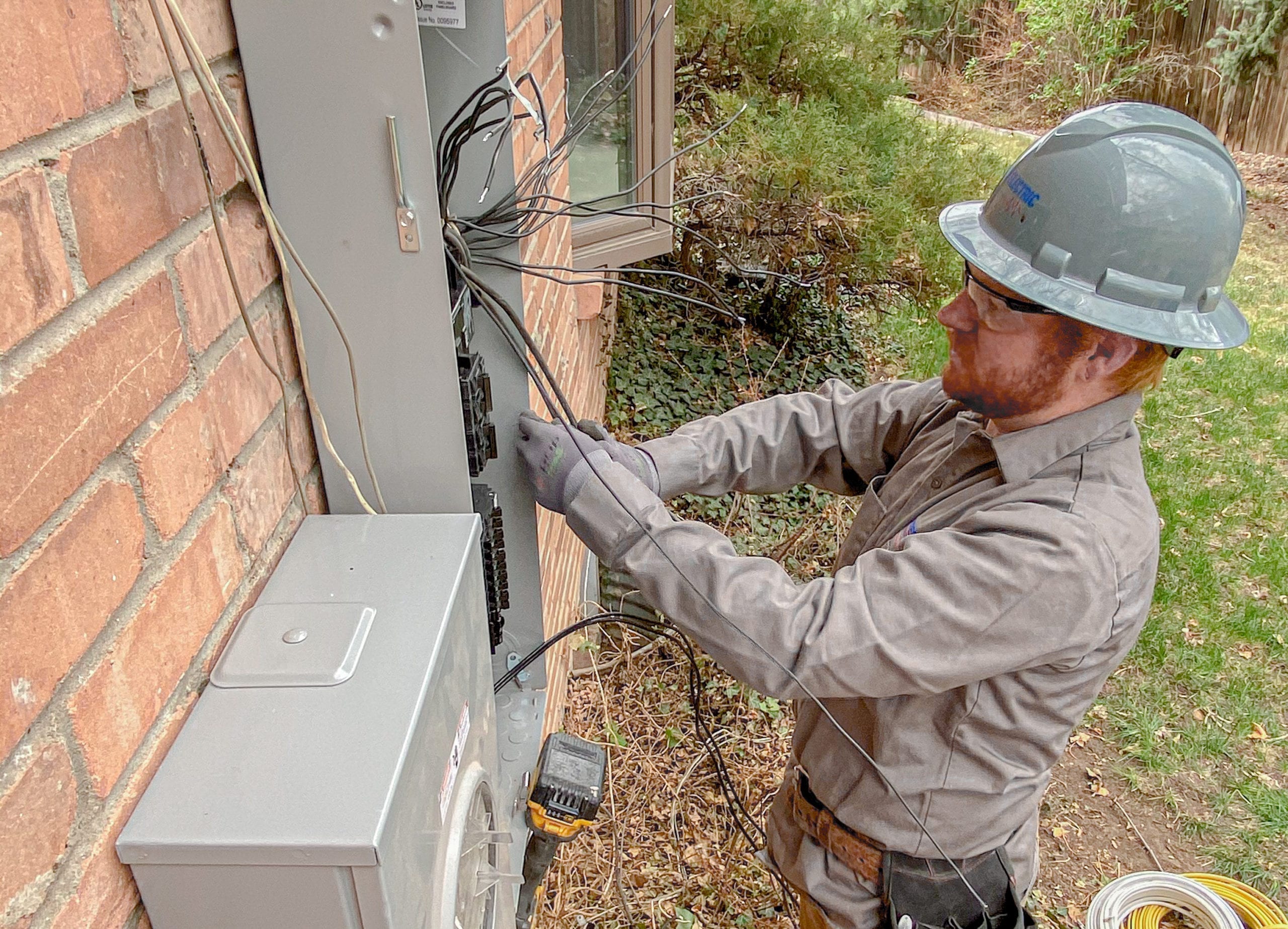
With 2020 behind us, homeowners and renters are all looking for ways to improve their living space for the coming new year. The COVID-19 pandemic has spurred a large rise in remodeling and organizing around the house, thanks to the extra time indoors some of us have on our hands. If you are looking for some quick and easy solutions to change up the look of your home or apartment, new lighting is a great idea. Lighting solutions can drastically change the feel of different rooms in your home, often with much less effort and cost than remodeling, painting, or purchasing new furniture. Here are four suggestions for lighting upgrades for your home, and some tips we always share with our customers at Piper Electric.
LED Bars
Changing the lighting profile of a wall or an entire room has never been easier. Thanks to the availability of affordable and customizable LED bars, customizing the mood of particular rooms in your home is a snap. For areas that are used for relaxing, such as a study, office, or TV room, LED backlighting is ideal. These lights are energy-efficient and can be configured for a huge range of different colors, in addition to being easily installed on timers. Backlights can also be coordinated with your TV so that your screening area flows seamlessly with your movie of choice. Backlighting an entire wall or section of a room also makes it easy to coordinate with new furniture or decorations for the holidays.
LED Tape Lighting
If you are looking to brighten up a certain area of your home or apartment, but don’t necessarily need the versatility of a light bar, consider LED Tape Lighting. Consider using these affordable lights under cabinets or the edges of counters to instantly brighten the appearance of your kitchen or bathroom. Bringing more light into rooms is an easy way to change the decor of your home without breaking the bank, and installation is a breeze.
Cabinet Lighting
The difference between a normal-looking room and an extraordinary room can come down to small touches, like the addition of interior lights for cabinets and display cases. Brightening up the interior of your kitchen cabinets with small LEDs, or adding small button lights to a bookcase can add warmth and sophistication to your living space with ease. These touches also serve as an easy way to improve the overall look of your furnishings.
Hanging Fixtures
Adding a hanging light fixture is one of the most obvious ways to anchor areas of your home and make them stand out as a gathering place. There are a wealth of options to choose from, starting with chandeliers of all different styles, which will help add a feeling of elegance to a dining area or kitchen. If you are looking for a more modern hanging solution, consider pendant lights. These can be configured for different sized spaces and installed to anchor centerpieces of your home, such as kitchen islands or tables. Pendant lights can serve the same function as traditional chandeliers while adding a more modern look and feel.
Feel inspired and not sure where to start? We recommend only hiring a licensed electrician like the ones at Piper Electric for any of your at-home projects. If you’re in the Denver Metro area, our team can help. Contact us here or call (303) 557-2108.

